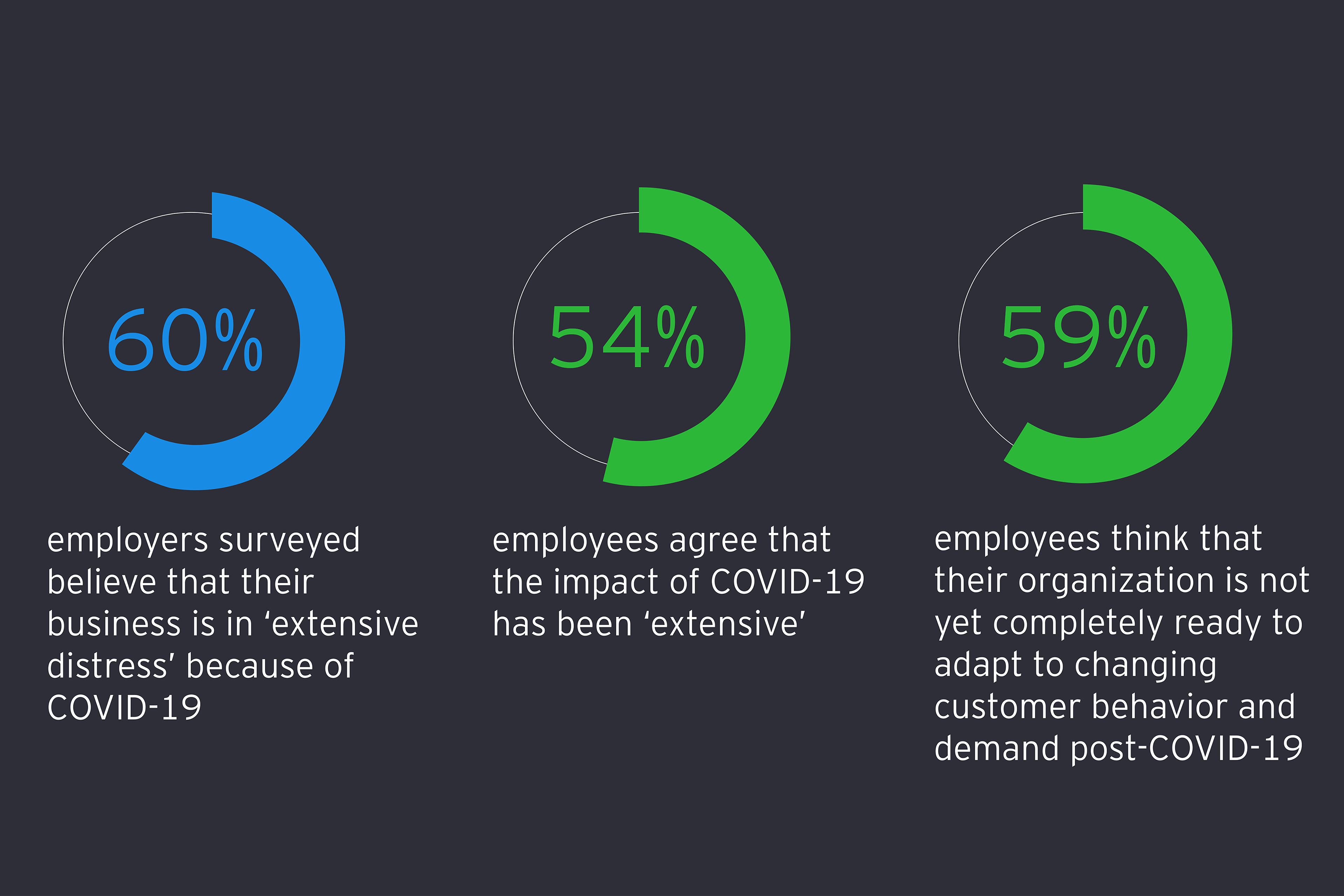Despite the areas of disconnect, 86% of respondents to an EY 2021 Work Reimagined Employee Survey currently rate their job satisfaction as 6 or above on a scale of 1-10. 48% of employees also believe their company culture has improved during the pandemic.
Amid the data analysis, one finding stands out as a potential red flag to employers that they should not ignore. While 9 in 10 employers say they put humans at the center of long-term plans for value creation, fewer than 7 in 10 (69%) of employees believe them. Employers must now consider that 90% of surveyed employees want flexibility in where and when they work.
The EY team has emphasized that the future of work, while enabled by transformative digital tools, must put humans at the center, including well-being, diversity and culture. Employers need to not only put talent at the core of their strategy but also to demonstrate that commitment to their workforce with authenticity — and reimagine what the new workplace will look like for their organization.



